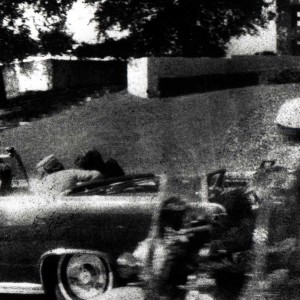Lee Murray
Stone tools reveal India’s 1.5 million year old prehistory
Archaeologists have discovered India’s oldest stone-age tools, up to 1.5 million years old, at a prehistoric site near Chennai. The discovery may change existing ideas about the earliest arrival of human ancestors from Africa into India.
A team of Indian and French archaeologists have used two dating methods including Cosmogenic nuclide burial dating to show that the stone hand-axes and cleavers from Attirampakkam are at least 1.07 million years old, and could date as far back as 1.5 million years.
12 years of painstaking work
The Tamil Nadu site was first discovered in 1863 by British geologist Robert Bruce Foote, and has been excavated at various times since then.
Archaeologists Shanti Pappu and Kumar Akhilesh from the Sharma Centre for Heritage Education have spent the last 12 years continuing to excavate the site and have now found 3,528 artefacts that bear a distinct similarity to prehistoric tools discovered in western Asia and Africa.
The tools fall into a class of artefacts called Acheulian that scientists believe were first created by Homo erectus – ancestors of modern humans – in Africa about 1.6 million years ago.
“This means that soon after early humans invented the Acheulian tools, they crossed formidable geographical barriers to get to southern Asia,” said Michael Petraglia, an archaeologist at the University of Oxford, who is an expert in Asian prehistoric archaeology but was not associated with the Chennai study. “The suggestion that this occurred 1.5 million years ago is simply staggering,” he said.
The suggestion that this occurred 1.5 million years ago is simply staggering Petraglia himself had earlier been involved in excavating the Hunsgi valley in Karnataka, which has yielded 1.27 million-year-old stone tools, regarded as India’s oldest until now. Although earlier excavations had revealed Acheulian tools at a few sites on the Indian subcontinent, including a two million-year-old site in Pakistan, the dates assigned to the artefacts so far have remained under debate.
The latest dating techniques
Pappu and her colleagues assigned dates to the Attirampakkam tools by analysing traces of certain elements embedded in them and by correlating the archaeological layers excavated at the site with changes in the Earth’s magnetic field.
We adopted two different dating methods and arrived at consistent results
“We adopted two different dating methods and arrived at consistent results,” Shanti Pappu explained “We believe this is the strongest evidence so far for an Acheulian industry in India older than one million years.”
The dating studies were carried out by collaborating geophysicists in French academic institutions. Researchers believe the new dates will have major implications for current ideas about who carried the Acheulian culture into India.

Acheulian handaxe embedded vertically in clays.
In the past, some researchers had attributed the flow of Acheulian tools into southern Asia and Europe to the Homo heidelbergensis, another ancestor of modern humans but one that appeared long after the Homo erectus. But the 1.5 million year date assigned to the Attirampakkam tools suggests that groups of Homo erectus carried the tool-making culture into India.
In an independent research study, Petraglia and his colleagues have analysed Acheulian tools in India that appear to be only 120,000 years old. The two findings suggest that the Acheulian toolmakers inhabited India for 1.4 million years – from 1.5 million years ago to 120,000 years ago.
“The excavators have done an outstanding job, unprecedented in archaeology studies in India. This means soon after early humans invented the Acheulean tool kit 1.6 million years ago, groups migrated out of Africa crossing formidable barriers to get to southern Asia,” confirmed Michael Petragalia.
What sets apart the Indo-French discovery from other similar previous findings is the dating accuracy.
The tools in Attirampakkam suggest that the Homo erectus carried the Acheulian culture into India before the Homo heidelbergensis ferried this tool-making culture into Europe, where the earliest sites are about 600,000 years old, said Robin Dennel, a senior archaeologist at the University of Sheffield, in a special scientific commentary in the March 2011 issue of Science.
All images are courtesy and copyright of the Sharma Centre for Heritage Education, India

Acheulian handaxe embedded vertically in clays.



















